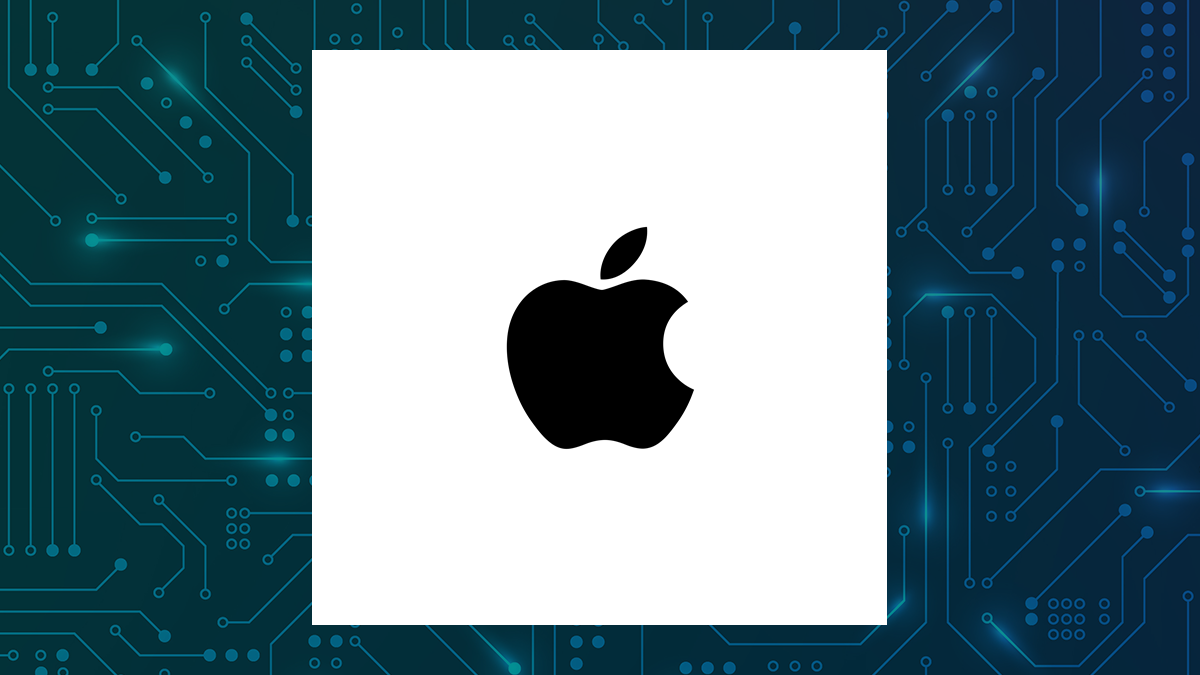Trump's new tariff threats show trade uncertainty here to stay - The Economic Times
But Friday delivered a harsh reminder of Trump’s volatile policymaking and penchant for brinkmanship, when he threatened a 50% tariff on the European Union and a 25% levy on smart phones if companies including Apple Inc. and Samsung Electronics Co. failed to move production to the US.
Equities dropped across the globe, the dollar slumped to its lowest level since 2023 and business leaders were left to grapple with the notion that Trump-generated uncertainty is here to stay.
“Today’s news that Trump is threatening enormous tariffs on the EU and is singling out Apple as a firm are examples of what we we should expect for the next two months if not for the rest of the year,” said Marcus Noland, executive vice president of the Peterson Institute for International Economics. “Peace has not broken out.”

Trump made that clear when from the Oval Office Friday afternoon, he dug in, declaring he is “not looking for a deal” with the EU.“I just said it’s time that we play the game the way I know how to play the game,” he told reporters. His ire was notable given that he notched a major economic win this week, with the House passing his massive tax and spending legislation after Trump led a furious, last-minute lobbying effort that won over enough Republican hold-outs.
A White House official said this week that the president was hoping to ink more trade agreements with some major economies and then fast-track deals with others during a 90-day pause on his tariffs announced April 2. Some arrangements are said to be close, including one with India, Treasury Secretary Scott Bessent told Fox News on Friday.
Business leaders and consumers will be watching carefully for next steps. The president’s Friday directive on the EU offered a preview of what he said his administration might do with dozens of trading partners seeking lower duties: simply dictate tariff levels.
As he did last month after Trump’s initial tariff announcement shook markets, Bessent sought to project a sense of order onto the president’s pronouncements.
Bessent said in the same interview that many deals are nearing conclusion and labeled the EU as an “exception.” That echoed comments from Commerce Secretary Howard Lutnick, who said at an Axios event earlier this week that the EU has been “very difficult.”
Longtime Trump ally Steve Bannon said the president’s reaction was in part due to what he saw as a lack of progress on trade issues this week at a Group of Seven finance ministers meeting, particularly given the relatively quick deal he was able to strike with the UK. Bannon said other countries without deals in progress should be worried, calling it a “storm warning.”
The president seemed as committed to his tariff push as ever to close the week. He threw his support behind a partnership between United States Steel Corp. and Japan’s Nippon Steel Corp., crediting his tariffs for finalizing the pact that had been in the works for years. That announcement came as Japanese trade negotiators were holding talks with US trade officials in Washington.
The EU plans to move forward with preparing countermeasures if negotiations fail to produce a satisfactory outcome. The trade bloc has assembled plans to hit €95 billion ($107 billion) of US exports with additional tariffs in response to Trump’s “reciprocal” levies and 25% duties on cars and some parts.
European nations agreed earlier this month to pause for 90 days a separate set of retaliatory tariffs against the US over 25% levies Trump imposed on the bloc’s steel and aluminum exports. That move came after Trump lowered his so-called reciprocal rate on most EU exports to 10% from 20% for the same amount of time.
Lutnick predicted at the Axios event that most countries will “have an idea of what we want to do with them” by summer. He repeated the administration’s stance that partners will likely not get below a 10% baseline tariff, but made clear the White House is open to negotiation.
“If they’ve made us an offer worthy of modifying their tariff terms, we’ll do it. And if they haven’t made us an offer that modifies it, the president will write them a letter saying ‘Dear Country A, we deeply appreciate doing business with you, here’s your tariff rate,” he said.
When Trump paused his higher April 2 tariffs, he left in place a 10% charge on most trading partners. Separate levies on steel, aluminum and autos remain. And Trump has promised a range of new import taxes on copper, semiconductor chips, pharmaceutical drugs, lumber and aircraft parts — all of which could drive up the total effective tariff rate.
At the same time, Trump showed a willingness to negotiate on duties imposed on specific sectors when the US and UK agreed to negotiate new rates on metals.
Tariff levels remain uncertain but “will probably remain elevated for the foreseeable future,” Goldman Sachs Group Inc. analysts wrote in a May 14 research note. The bank forecast that the effective US tariff rate would rise by 13 percentage points this year, to the highest level since the 1930s.
It could all be for naught, with Goldman saying “higher bilateral tariffs are unlikely to drive a substantial increase in domestic production,” a stated goal of Trump.
Talks are advancing with other partners including India, Japan, Vietnam and Israel. Some short-term relief could be possible, but the threat of fresh trade feuds is widespread across several countries.
Trump’s penchant for out-of-nowhere threats, even on countries with which the US has trade agreements, sows doubt in the longevity of any deal he strikes, Noland said.
“It’s really quite extraordinary that we had free trade agreements with some of these countries — Korea, Australia — and they’re just getting hit with tariffs,” Noland said. “His willingness to tear up previous agreements and ignore them has to be highly concerning for other countries.”
Read More News on
Stories you might be interested in










